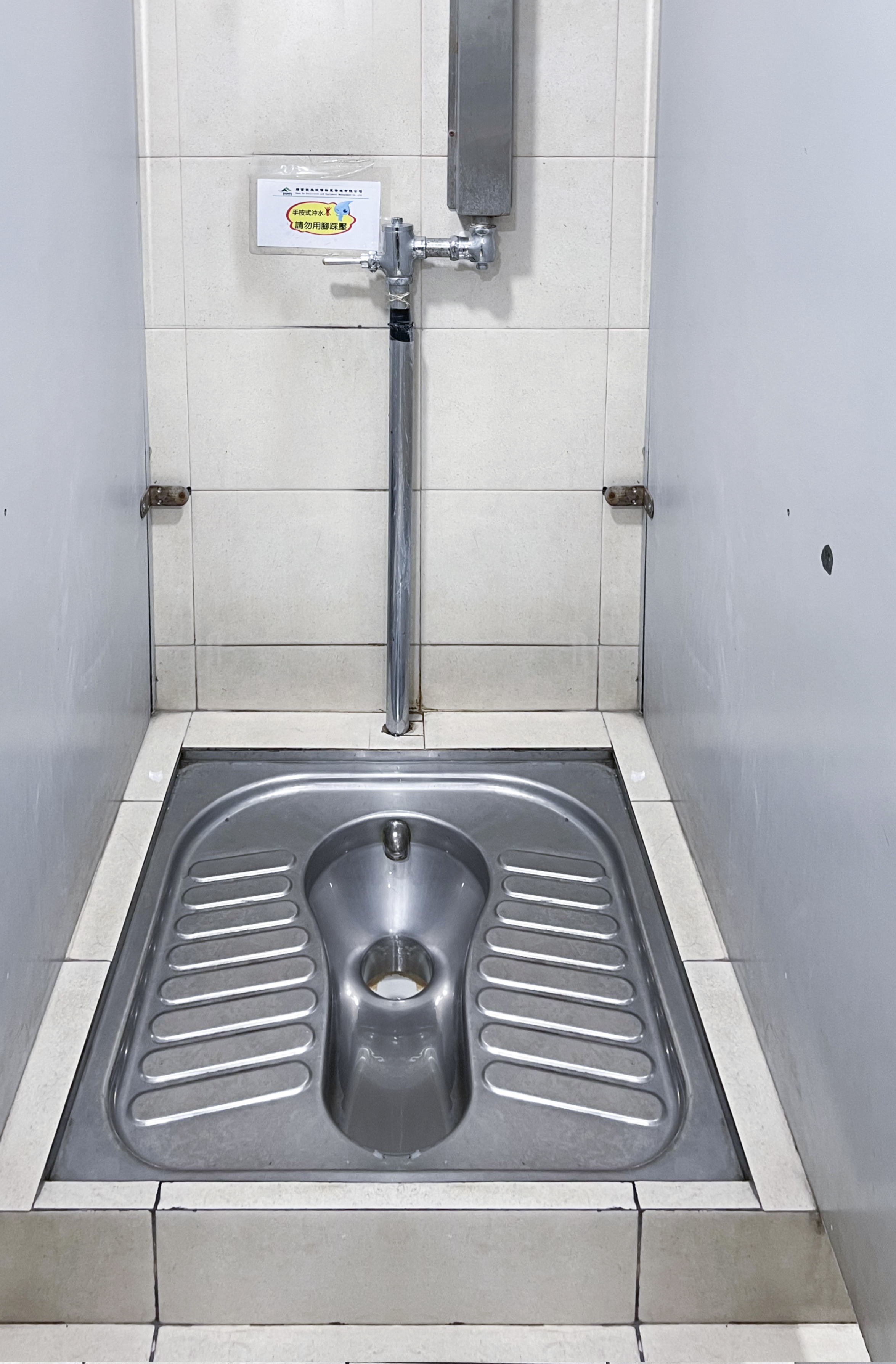Traditional squat toilets often posed challenges in terms of hygiene and maintenance. Made from materials like porcelain or concrete, they were prone to stains, odors, and the accumulation of bacteria. The cleaning process was laborious, and over time, these fixtures could deteriorate, leading to an unsanitary environment. This is where the innovation of stainless steel squat toilets comes into play, revolutionizing an age - old concept with modern - day materials and design principles.
The Hygiene Revolution: Why Stainless Steel?
Stainless steel has long been synonymous with cleanliness and durability in various industries, from food preparation to medical equipment. Its non - porous surface makes it resistant to stains, corrosion, and the harboring of bacteria. When applied to squat toilets, this material brings a plethora of hygiene benefits.
First and foremost, the smooth and impervious surface of stainless steel prevents the buildup of dirt, grime, and germs. Unlike other materials that may have microscopic pores where bacteria can thrive, stainless steel offers a barrier against such contaminants. This translates to a more sanitary environment, especially in public restrooms or high - traffic areas where maintaining hygiene is paramount.
Moreover, the material's resistance to corrosion ensures that the stainless steel squat toilet remains intact and functional over an extended period. There's no flaking, peeling, or degradation that could create niches for bacteria to grow. Regular cleaning with mild detergents is usually sufficient to keep the fixture looking pristine, reducing the need for harsh chemicals that might be harmful to both the environment and human health.
Design and Ergonomics of Stainless Steel Squat Toilets
While the material itself is a game - changer, the design of stainless steel squat toilets has also evolved to enhance user experience. Modern designs take into account ergonomic principles to ensure that the squatting position is comfortable and accessible to a wide range of individuals.
The dimensions of the squat pan are carefully calibrated to accommodate different body types and heights. Features such as strategically placed footrests and non - slip surfaces provide stability and safety, preventing accidents and making the squatting posture more achievable for those who may not be accustomed to it. Some advanced models even incorporate slight inclines or contours to further optimize the ergonomic benefits, reducing strain on the knees, ankles, and back.
Additionally, the installation and integration of stainless steel squat toilets into existing bathroom infrastructures have been simplified. They can be easily adapted to fit various plumbing systems, and their sleek design allows for seamless incorporation into both modern and traditional bathroom aesthetics. This versatility has contributed to their growing popularity in diverse settings, from residential homes to commercial buildings and public facilities.
Environmental Considerations
In an era where environmental sustainability is a key concern, stainless steel squat toilets offer eco - friendly advantages. The production process of stainless steel, while energy - intensive, results in a material that is highly durable and recyclable. Unlike some other materials that may need frequent replacement, stainless steel fixtures can last for decades, reducing waste and the demand for new resources over time.
Furthermore, the efficient cleaning requirements of stainless steel squat toilets mean less frequent use of water - intensive cleaning agents and reduced water consumption for rinsing. This aligns with global efforts to conserve water and minimize the environmental footprint of sanitation practices. When considering the entire lifecycle of the product, from manufacturing to disposal (or recycling), stainless steel emerges as a more sustainable choice compared to many alternatives.
Public Health Implications
The adoption of stainless steel squat toilets extends beyond individual hygiene benefits to have broader public health implications. In regions where sanitation - related diseases are prevalent, the improved hygiene standards offered by these fixtures can play a significant role in reducing the spread of infections. By minimizing bacterial growth and facilitating easier maintenance of clean conditions, stainless steel squat toilets help create environments that are less to conducive the transmission of pathogens.
This is particularly crucial in densely populated urban areas, healthcare facilities, educational institutions, and other public spaces where the risk of disease outbreaks is higher. When implemented on a large scale, the shift towards more hygienic sanitation infrastructure can contribute to a healthier population and a reduced burden on healthcare systems.
Installation Guidelines
For those considering the installation of a stainless steel squat toilet, it's essential to follow proper guidelines to ensure optimal performance and longevity. Professional installation is recommended to guarantee that the fixture is correctly positioned, securely anchored, and properly connected to plumbing systems. Factors such as drainage slope, spacing from walls, and accessibility should be carefully considered during the installation process.
Cultural Acceptance and Adaptation
Culturally, the acceptance of stainless steel squat toilets varies across different regions. In areas where squatting has always been the norm, the transition to stainless steel versions is seen as a natural and welcome upgrade. These communities appreciate the enhanced hygiene without compromising on the familiar usage experience.
In regions more accustomed to sitting toilets, there's an initial cultural adaptation required. However, as the global population becomes more mobile and exposed to diverse sanitation practices, there's a growing acceptance of different toilet types. The health benefits associated with squatting, coupled with the undeniable hygiene advantages of stainless steel, are helping to bridge this cultural gap. Many international hotels, airports, and multicultural urban centers are now offering both squat and sitting toilet options to cater to a diverse clientele, further normalizing the use of stainless steel squat toilets in various cultural contexts.
Whether you're a homeowner looking to upgrade your bathroom, a facility manager seeking to enhance public hygiene, or simply someone interested in the intersection of health and design, the stainless steel squat toilet is a development worth paying attention to. As the world becomes more health - conscious and eco - minded, this modern approach to hygiene is poised to make waves and leave a lasting impact on how we think about and experience sanitation.

